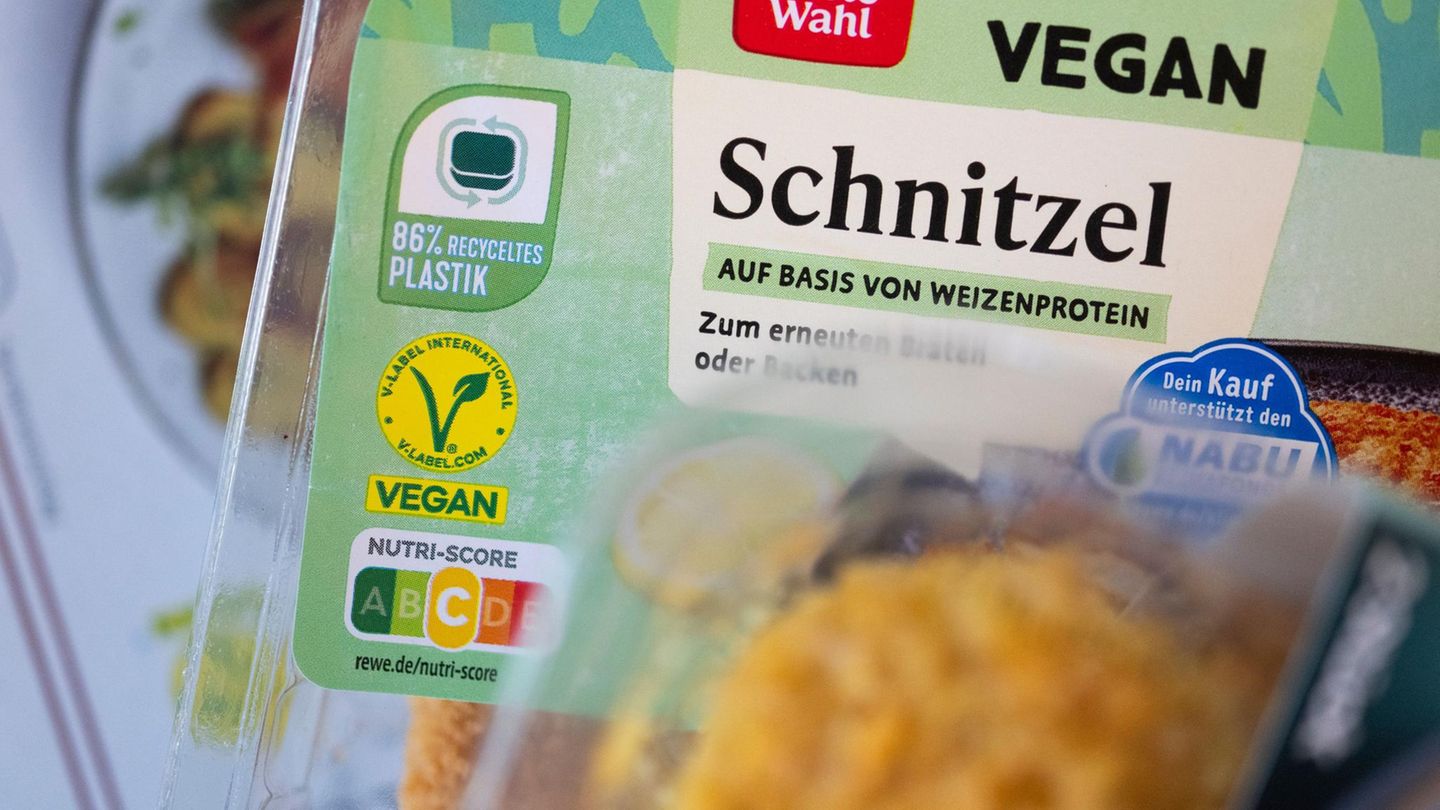He National Institute of Statistics and Censuses (INDEC) will be announced next Friday, April 12, the Consumer Price Index (CPI) March, which according to the Government showed a new decline and reached 10%, while the consulting firms place it a few tenths above that forecast but below the 13.2% in February.
The inflationary rhythm seems to be declining in recent weeks and this would be reflected in the index for the third month of the year, which, like in February would represent a decrease compared to the previous measurementaccording to private estimates and government expectations.
The Minister of Economy, Luis Caputo, recently anticipated that “March inflation will be around 10%“, ensuring that they are “significantly better than everyone predicted” and projected that this trend will continue in April, with a CPI that will be in one digit.
Inflation: expectations grow that the Central Bank will lower rates on Thursday
Private forecasts, meanwhile, coincide with the deceleration but indicate that it was at a lower pace than what the Executive observed. This expectation would give the Central Bank free rein to cut the monetary policy rate again at its board meeting on Thursday.
As usually happens when this rate is modified, it affects the fixed term deposits that will continue in negative territory. The decision could be made in the hours before knowing the inflation data. It is worth remembering that the last time the BCRA applied a sharp cut in the reference rate, placing it at 80% annually.
Inflation: what is the number that consultants expect
The consultant Orlando J. Ferreres & Associates (OJF) estimated that in March the cost of living was 12.2% monthly, that is, one point less than in February, and registered an interannual growth of 288.3%.
Likewise, they reported that core inflation advanced at a monthly rate of 9.2%, marking an annual increase of 299.2%. While they revealed that the General accumulated inflation was 51.6%and core inflation accumulated 47.0% in March.
Regarding the main items that led the increases of the month, they appear Education and Housing with monthly increases of 37.5% and 20.6% respectively, followed by Clothing and Health, which presented a variation of 16.8% and 15.1% respectively.
The consultant Eco Gowho drives Marina Dal Poggetto, For its part, it places March inflation at 13.1% monthly, which represents just one tenth below the February result.
The Eco Go survey measures a food inflation for March of 11.2%an inflation of the housing sector of 20.3%, affected by rates, and of the education sector of 32.1%, being a particularly seasonal month with the beginning of the school year.
The Freedom and Progress Foundation, Meanwhile, he indicated that the CPI showed a increase of 10.6% in March, slowing down 2.6 percentage points compared to the official measurement in February (13.2%).
In this way, in the first quarter of the year the CPI accumulated a rise of 51.1% and they noted that “the interannual variation reaches 286.4%, reaching its highest value since March 1991.”
supermarket inflation prices consumption sales food
Consulting firms expect inflation to be between 10% and 13%
Depositphotos
For its part, from C&T, Maria Castiglioni, economist and director of the consulting firm, expressed that they are “Seeing that what core inflation is, taking out seasonal and regulated prices, values are moving below 10% monthly.”
He also pointed out that “Inflation is probably at 13% end of March with a downward trend”, while clarifying that “we must think that March is a very strong month due to the very marked increase in education and the effect of electricity rates.”
From the consultancy they explained that for the GBA region they show for March that, after a start to the month with strong increases, especially for education, electricity and prepaid, There was a strong slowdown starting in the second week, especially in food and beverages and household products: equipment, tools, cleaning products and toiletries, among the most relevant.
Source: Ambito




